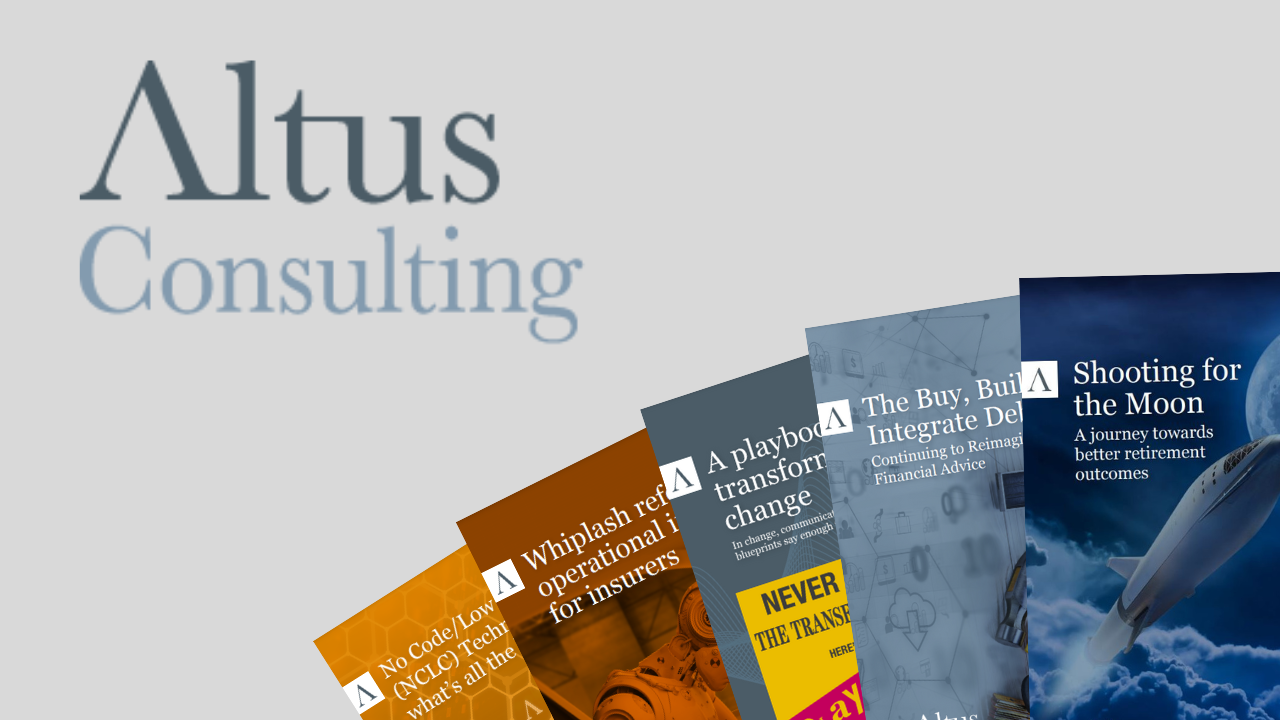In the digital world we all now inhabit, the customer has a voice, very high expectations and enabling technology at their fingertips; if your business is not responsive the customer will vote with their feet. This is particularly relevant for Financial Services where there is small revolution in advice and direct business. For years innovation in FS has been slow and unwieldy – which should be much more of a surprise than it is – after all, FS products are essentially just data. We all know the reality that a few spreadsheets hold most of your relevant financial information for the last 7 years, so surely the lack of boxes to ship and no pressing need for a warehouse or a shop front would give FS the edge. Yet the innovators have been Amazon and eBay, and last year Uber were the firm who caused massive disruption in the Square Mile for a day with a taxi app!
While the FS industry struggles with legacy technology and cumbersome change cycles, the world has moved on; the financial crisis, RDR, millennials and a squeezed middle class have fuelled a new drive for customer choice. The customer is moving beyond the bank manager, beyond the advisor and onto the Internet via the latest shiny new and mobile accessible technology. A customer can now switch bank accounts in a few clicks, move their investments (with our very own ATG) at the press of a button and switch broadband or electricity provider via any number of online comparison sites. So why haven’t I moved my ISA? …. hang on, I just have.
All of which means that FS institutions will have to work much harder to retain their customers. Agility will become a key factor in the technology architecture to support these businesses but the core platform challenges remain. A pragmatic 2-speed approach may be the answer: a fast paced agile architecture for the front-end and a considered waterfall approach for core platforms. A good Service Oriented Architecture (SOA) can facilitate this 2-speed approach, decoupling key systems and allowing big programs to run in the background and build a sound footing while maintaining a fast pace for customer touch points. One high-street bank is pushing even further; essentially adding an API integration layer to empower fast-paced Start-ups to hook into the bank and use its services and indirectly promote it with a whole new audience.
In my opinion, rarely does frequency of change become a driving factor in architecture and it’s actually a difficult measure to understand. But whatever the metric, for the millennial customer the expected pace of change is high frequency: a new mobile every year, a new laptop every 4 years, the latest smart TV, contactless payment, etc. The simple fact is I am now expecting change and it is normal. If firms embrace it, change presents opportunity; only this evening I received an email to say that my banking app had a new feature so I logged on to take a look and happened to see the new savings rates at the same time.
So the challenge is to think differently, empower agility as a core value, make your business nimble and create an Architecture and roadmap that puts change for customer at its heart, whilst not forgetting that the legacy platforms need to keep running.




